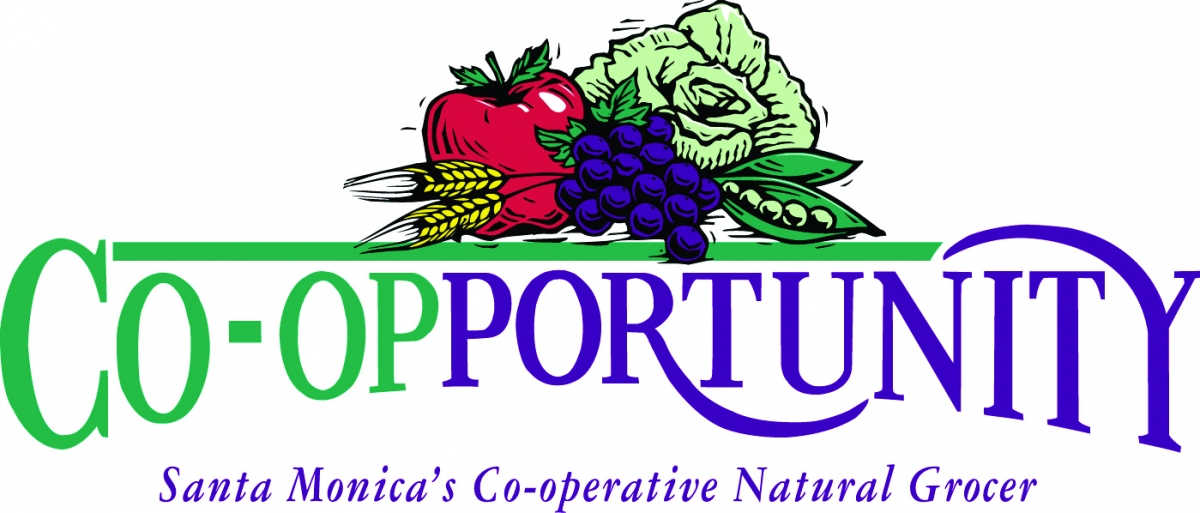After months of legal debate, San Francisco County Superior Court Judge Ernest Goldsmith ruled Oct. 27 that the proposed plan to restore impaired Malibu Lagoon can move forward. Responding to opponents’ legal challenges, the judge found that the California Coastal Commission had considered all reasonable alternatives for conducting the necessary channel reshaping of the Lagoon. He also ruled that the plan would not limit public access to the beach.
The project was supposed to begin June 1. As a result of the lawsuit, the restoration efforts will be delayed until at least the summer of 2012. The wildlife protection agencies that approved the restoration require all efforts to occur during the summer months to minimize wildlife impacts.
GET THE FACTS
- Myth vs. FactExplore each of the misconceptions that surround the restoration of Malibu Lagoon. Note: This article is from the Spring 2011 issue of Currents, Heal the Bay’s membership newsletter.
- The Facts Supporting the RestorationIn this video by Shifting Baselines, key voices speak up on the facts supporting the Malibu Lagoon restoration plan.
- RestoreMalibuLagoon.orgExplore the five major misconceptions about the Malibu Lagoon restoration plan. This web site by Shifting Baselines complements the video.
- A Clear Victory for Malibu
Heal the Bay’s President, Mark Gold, discusses the Malibu Lagoon restoration plan at his Spouting Off blog.
The latest ruling affirmed the Coastal Commission’s 11-0 vote last year to approve the project. In his decision, Judge Goldsmith underscored the ecological and water quality merits of the restoration plan, which was created by State Parks, the Coastal Conservancy, leading California wetland scientists, coastal engineers, landscape architects and Heal the Bay.
The State Parks project will be managed by the Santa Monica Bay Restoration Commission with funding from the California Coastal Conservancy.
Background
In highly urbanized Southern California, we’ve lost much of our wetland habitat and our remaining lagoons are often highly degraded. Malibu Lagoon is one of the few remaining tidal lagoons in the region and marks critical habitat for the federally endangered tidewater goby and southern steelhead trout, as well as a diversity of shorebirds. It’s a local oasis to view these treasures. But, Malibu Lagoon is in trouble. It is being clogged by sediments, has severely low dissolved oxygen levels, and is not in its natural state.
Heal the Bay cherishes the beautiful Malibu coast and understands that Malibu Lagoon is an essential part of a healthy environment. Many people have worked for decades to protect the lagoon and improve water quality throughout the Malibu Creek watershed. The area has also been heavily studied by experts at many of the state’s leading universities.
It’s clear that Malibu Lagoon is less vibrant and diverse, especially under the surface of the water, than other lagoons in Southern California, such as Bolsa Chica in Huntington Beach or the Carpinteria Salt Marsh.
Fortunately, the California Coastal Commission late last year approved carefully developed plans to restore the Lagoon and improve circulation. The restoration, guided by science and input from top wetlands ecologists throughout the state, is expected to begin this summer. Heal the Bay helped develop the plan from 2002-05 but will not be an active participant in the actual restoration.
Despite this transparent process, a small but vocal contingent of community members has raised concerns about the restoration project. To counter some of the misconceptions being bandied about by opponents, the Shifting Baselines media project has assembled a video (see below) and web site to present the facts behind the restoration. We encourage our supporters to explore and learn.




